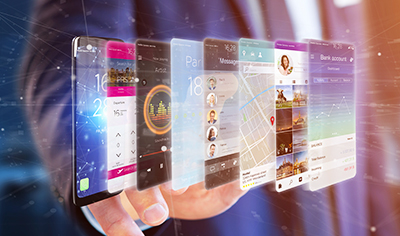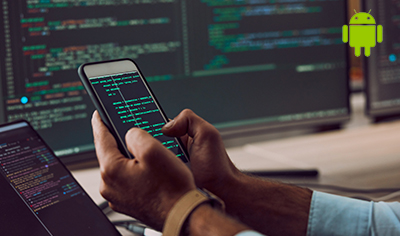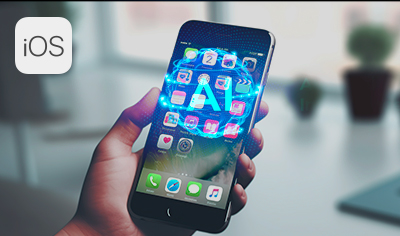Hospitality is one of the industries that took the hardest blow in COVID-19 and specifically restaurants suffered the biggest setback. To keep surviving, serving and delighting customers, chefs and owners need to adapt quickly and make the most of the technology resources.
Restaurant app development services have become the key enabler to help food businesses pivot in this storm – enabling kitchens of all sizes to adopt the new business model with safe food delivery, dining with social distancing, and working with reduced staff capacity.
This blog explores how restaurants can break the COVID-19 ceiling by investing in restaurant app development services.
Seamless Food Delivery
Requests for food delivery and takeout have increased manifold and given the health situation across the globe, the trend is likely to continue. There are two major avenues to offer food delivery to customers – Third-party Apps like Uber Eats, DoorDash, or GrubHub and Self Managed Delivery Apps. For most of the small and midsize restaurants and kitchens, using a business model employing both has been the most beneficial.
Third-party Apps
Food aggregator apps allow restaurants to serve their customers without having to get into the nitty-gritty of the technology and logistics aspect. Therefore, it’s easy for owners to onboard and immediately start with delivering orders. Most of these apps provide marketing services to make restaurant discovery easier.
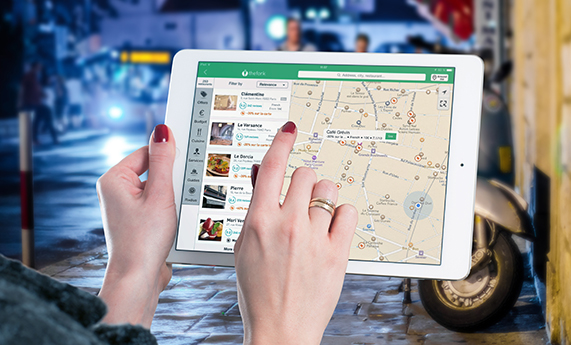
The only downside of these apps is high fees, sometimes as much as a third of the transaction. Given the current situation of restaurants where they are already coping with far lesser orders, it makes it harder for them to recover costs, let alone turn a profit. Moreover, as the app manages the end-to-end process, there is only little to control when it comes to customer experience. Many times, customers turn away because the app was slow or delivery was late – with no fault of the restaurant.
Self Managed Delivery Apps
Though opting for a dedicated restaurant mobile app development seems to be cost-intensive, it has been profitable to numerous restaurants and kitchens. The most significant advantages are total control on profits and customer experience.
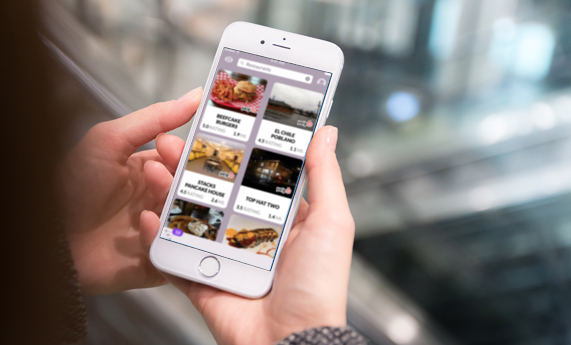
Beyond these obvious benefits, having a dedicated online food delivery application developed by a leading restaurant app development company helps in fostering customer loyalty, focussing on location-based marketing, and managing table reservations, refunds, feedback, etc. Though it takes more time in development and incurs an ongoing cost for backend support, it is a more profitable option for midsize and large food businesses in the longer term.
However, owners reported maximum ROI when they used both third party and self-managed apps. Just like all leading brands have their own online stores yet offer purchase through marketplaces like Amazon.com. It is because the kind of visibility that comes with a third-party app like Uber Eats is difficult to match with a limited marketing budget.

Contactless Menus
Digital menus are replacing plastic and paper options out of the concern for contagion spread. Contactless menus provide a safer option to browse restaurant offerings with vivid images/videos and updated pricing without having to install a dedicated app. In its most common form, a digital interface opens up through either holding NFC enabled phones near a designated physical tag or by scanning a QR code.
Self-order Kiosks
For efficient queue busting, self-order kiosks are a practical way to give patrons a minimal-contact way to place orders. To minimize the risk and efforts in sanitizing kiosks, restaurants and food vendors in offices are trying voice-enabled kiosks paired with contactless payments.
Contactless Payments
Most restaurants have implemented a no-cash policy to reduce the risk of contagion transmission and to enable it contactless payments have emerged as the tool for safer food ordering and delivery. Mobile wallets such as Apple Pay, Google Pay and Samsung Pay and peer-to-peer (P2P) payment apps, such as Venmo or PayPal, are enabling customers to opt for payment avenues of their choice.
Rounding Up
Going by the trend of customers preferring at-home dining, it seems a wise move to consider an app development for a restaurant by partnering with a professional restaurant app development company. Though onboarding a food aggregator platform is like coming of the age that owners have to go through, investing in mobile app development for restaurants will allow personalization, user-interface customization, integrated digital marketing and advanced analytics – all the while keeping profits in the kitchen.



